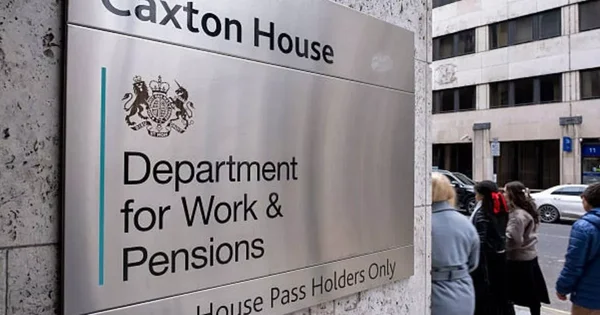The UK’s much‑loved state pension "triple lock", which guarantees annual increases based on inflation, wage growth or 2.5%, whichever is highest, is drawing alarm from economists and think tanks. Originally introduced in 2010, this policy has significantly boosted pensioner incomes. However, the cost to the Exchequer has surged to more than £124 billion in 2023/24 alone.
ith projections indicating the system may become unsustainable by 2036, experts are calling for dramatic reforms including shifting to a "double lock", targeted support, or even means‑testing, moves that could fundamentally alter the future of pension income.
Rising Costs and Population Pressures
The triple lock requirement led to a 4.1% rise in April’s state pension, a boost worth up to £472 per year for full claimants. Yet, demographic shifts are rapidly expanding demands: the number of people at state pension age is projected to increase 14% between mid‑2022 and mid‑2032.
This demographic swell is a key driver behind the £124 billion cost in 2023/24, almost half of all UK welfare spending. Economists at the Institute for Fiscal Studies (IFS) and the Adam Smith Institute warn that without major changes, the model is likely to become unaffordable by 2036, with public spending surpassing national insurance revenues
Potential Reforms: Double Lock and Means‑Testing
The IFS recommends replacing the current triple lock with a "double lock", maintaining the link to earnings unless inflation outpaces it. They suggest using the triple lock temporarily to reach a predetermined target of pension value relative to average earnings before adopting the double lock permanently.
Meanwhile, the Pensions Policy Institute (PPI) supports an earnings-linked model that also redirects more funds to lower-income pensioners through means‑testing. The OECD has similarly suggested a targeted approach to maximise efficiency.
The Debate on Means‑Testing
Means‑testing the state pension is a political flashpoint. Former Conservative leader Kemi Badenoch proposed it earlier in the year, arguing that higher earners should not receive increases funded by general taxpayers.
But the notion is deeply controversial: Helen Morrissey of Hargreaves Lansdown warns that restricting the pension could discourage people from paying into private pensions. The IFS argues that means‑testing undermines the reliability of the state pension, essential for retirement planning

Long‑Term Projections and Retirement Age
According to IFS research, continuing the triple lock may require increasing the state retirement age to 74 by 2068. Additionally, pension spending may grow from 5.2% of GDP to 7.9% over the next 50 years. Such forecasts underpin fears that the triple lock’s cost trajectory could harm future retirement security.
Political Landscape and Government Position
The government has committed to maintaining the triple lock throughout the current Parliament.
However, Chancellor Rachel Reeves, scheduled to deliver a Mansion House speech on 15 July, is expected to launch a broader pensions review. This may include discussions on sustainability and potential reform. As the state pension constitutes 42% of total welfare spending, any moves to alter it are politically sensitive.

Impact on Pensioners
The state pension remains a fundamental source of income: for low-income retirees, it provides 71% of earnings; even the wealthiest fifth rely on it for 23% of their retirement income.
Damon Hopkins from Broadstone stresses that "for millions of pensioners, the state pension is the bedrock of their retirement income" That underlines why any reform must be weighed carefully, mean testing or removing the inflation link may save money, but risks undermining pensioner wellbeing.
Conclusion
The state pension’s triple lock has been a cornerstone of retirement security, ensuring annual rises protect pensioners’ purchasing power. However, with costs reaching over £124 billion in 2023/24 and demographic pressures mounting, economists warn that continuing the policy could financially overburden the system by 2036.
Potential reforms, such as transitioning to a double lock, introducing means‑testing, or increasing the retirement age, are being seriously discussed. Yet, these measures carry the risk of undermining the trust and stability that pensioners rely on.
As the Chancellor prepares to launch a comprehensive pension review in July, the government faces a delicate balancing act: securing the financial future of retirees while safeguarding long‑term public finances. Any decisions will reverberate through households, markets, and future generations, making careful and transparent policymaking essential.









